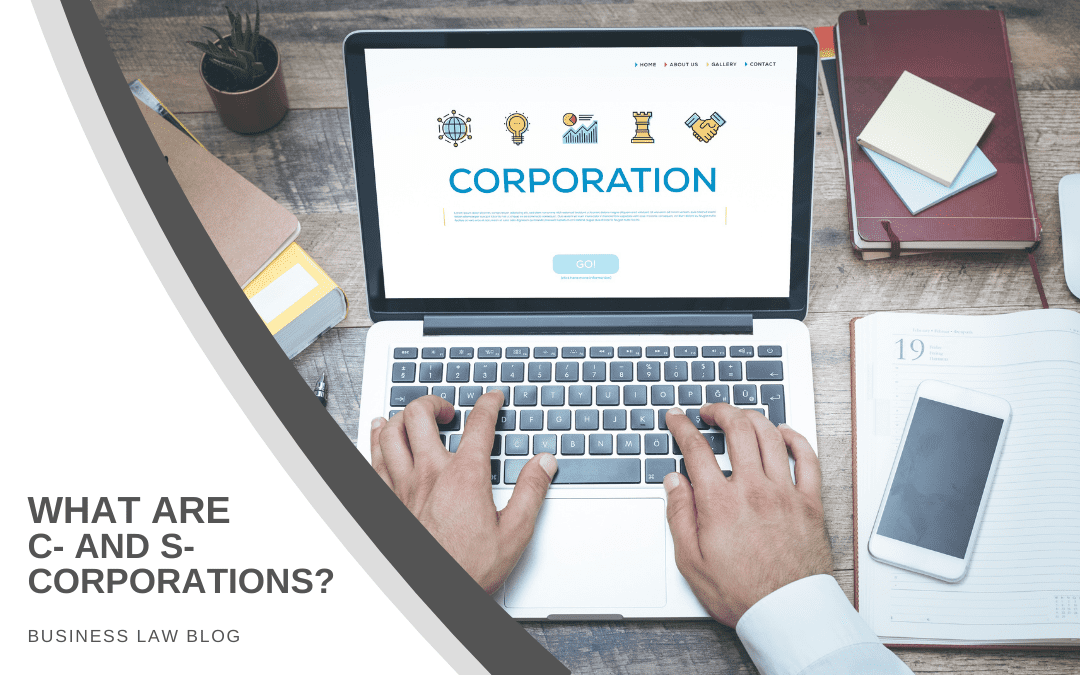Have you ever heard the phrase “pierced the corporate veil” in the media and wondered what it really meant? The phrase refers to a situation in which the court system looks beyond the corporate identity and instead focuses on the individuals leading the organization. This may apply to a criminal investigation, a civil lawsuit, or even a tax fraud case.
Over history, some companies have become so large, so consistent, and so much of a household name that they take on a persona of their own. Think of global brands such as Coca-Cola, Nike, and McDonald’s. If you asked people on the street to name the CEOs or executive teams of these companies, most people couldn’t. The companies themselves are perceived as an entity.
When looked at from a legal perspective, this abstract concept becomes a fact. A company that is formed and operated as a corporation becomes a legal entity that takes liability and accountability away from the founders or current leaders. Two major forms of corporations are a C-corporation and an S-corporation.
How Are C-corporations And S-Corporations Similar?
Both C and S-corporations are unique legal entities that offer founders and owners liability protection. In most cases, owners are not personally responsible for debts, fines, or legal issues the company incurs.
Unless they were to dig into how the organization is taxed, outsiders generally could not tell if a company is a C or S-corporation. A C and S-corporation may have the same org chart, business model, operational strategies, marketing, sales process, human resources policies, etc.

